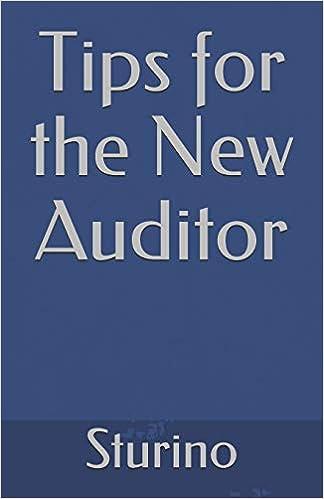Question
Drillmaster Sdn Bhd has developed a powerful new hand drill that would be used for woodwork and carpentry activities. It would cost $1 million to
Drillmaster Sdn Bhd has developed a powerful new hand drill that would be used for woodwork and carpentry activities. It would cost $1 million to buy the equipment necessary to manufacture the drills, and it would require net operating working capital equal to 10% of sales. It would take 1 year to buy the required equipment and set up operations, and the project would have a life of 5 years. If the project is undertaken, it must be continued for the entire 5 years.
The firm believes it could sell 10,000 units per year. The drills would sell for $240 per unit, and Webmasters believes that variable costs would amount to $175 per unit. The companys non-variable costs would be $100,000 at Year 1 and would increase with inflation. After the first year the sales price and variable costs will increase at the inflation rate of 3%. The equipment would be depreciated over a 5-year period, using the straight-line method. The estimated market value of the equipment at the end of the projects 5-year life is $100,000. The tax rate is 25%.
Also, the projects returns are expected to be highly correlated with returns on the firms other assets. Its cost of capital is 10% for average-risk projects, defined as projects with a coefficient of variation of NPV between 0.8 and 1.2. Low-risk projects are evaluated with a WACC of 8%, and high-risk projects at 13%.
a. Develop a spreadsheet model and use it to find the projects NPV, IRR, and payback.
b. Conduct a sensitivity analysis to determine the sensitivity of NPV to changes in the sales price, variable costs per unit, and number of units sold. Set these variables values at 20% above and below their base-case values. Include a graph in your analysis.
c. Conduct a scenario analysis. Assume that there is a 30% probability that best-case conditions, with the sales price, number of units sold , variable costs per unit and fixed cost being 20% better than its base-case value. There is a 30% probability of worst-case conditions, with the variables 20% worse than base value. The base case condition is assumed to have a 40% probability. What would be the projects coefficient of variation NPV?
d. On the basis of information in the problem, would you recommend that the project be accepted?
Step by Step Solution
There are 3 Steps involved in it
Step: 1

Get Instant Access to Expert-Tailored Solutions
See step-by-step solutions with expert insights and AI powered tools for academic success
Step: 2

Step: 3

Ace Your Homework with AI
Get the answers you need in no time with our AI-driven, step-by-step assistance
Get Started


